The majestic and gentle giants of the sea, whale sharks, have begun a notable journey northward along the U.S. coastlines. This migration has been observed with growing interest by scientists and nature enthusiasts alike, raising questions about the driving forces behind this movement. In this article, we delve into the reasons for this northward migration and what it signifies for both the whale sharks and the ocean ecosystems they inhabit.
Understanding Whale Sharks

Whale sharks, known scientifically as *Rhincodon typus*, are the largest fish species in the world, with individuals measuring up to 40 feet in length. Despite their size, these creatures are filter feeders, primarily consuming plankton and small fish. Their gentle nature and awe-inspiring presence make them a subject of intrigue and conservation efforts worldwide.
Historical Migration Patterns

Traditionally, whale sharks have been residents of warm, tropical waters, often found in regions such as the Indian and Pacific Oceans. Migration in these areas has typically been linked to water temperature and food availability, which are critical factors in their distribution and movement.
Climate Change Impact

The increasing northward migration of whale sharks coincides with rising ocean temperatures attributed to climate change. As these waters warm, the natural habitat of various marine species shifts, influencing their migratory routes.
Food Source Availability

One significant factor influencing whale shark migration is the distribution of plankton, their primary food source. Changes in ocean currents and temperature can lead to new plankton blooms in previously uninhabited areas, attracting whale sharks to these northern waters along the U.S. coast.
Behavioral Adaptations

Whale sharks have shown remarkable adaptability in their behavior, demonstrating the ability to travel vast distances in search of optimal feeding grounds. This behavioral flexibility is critical in their survival amid changing environmental conditions.
Role of Ocean Currents
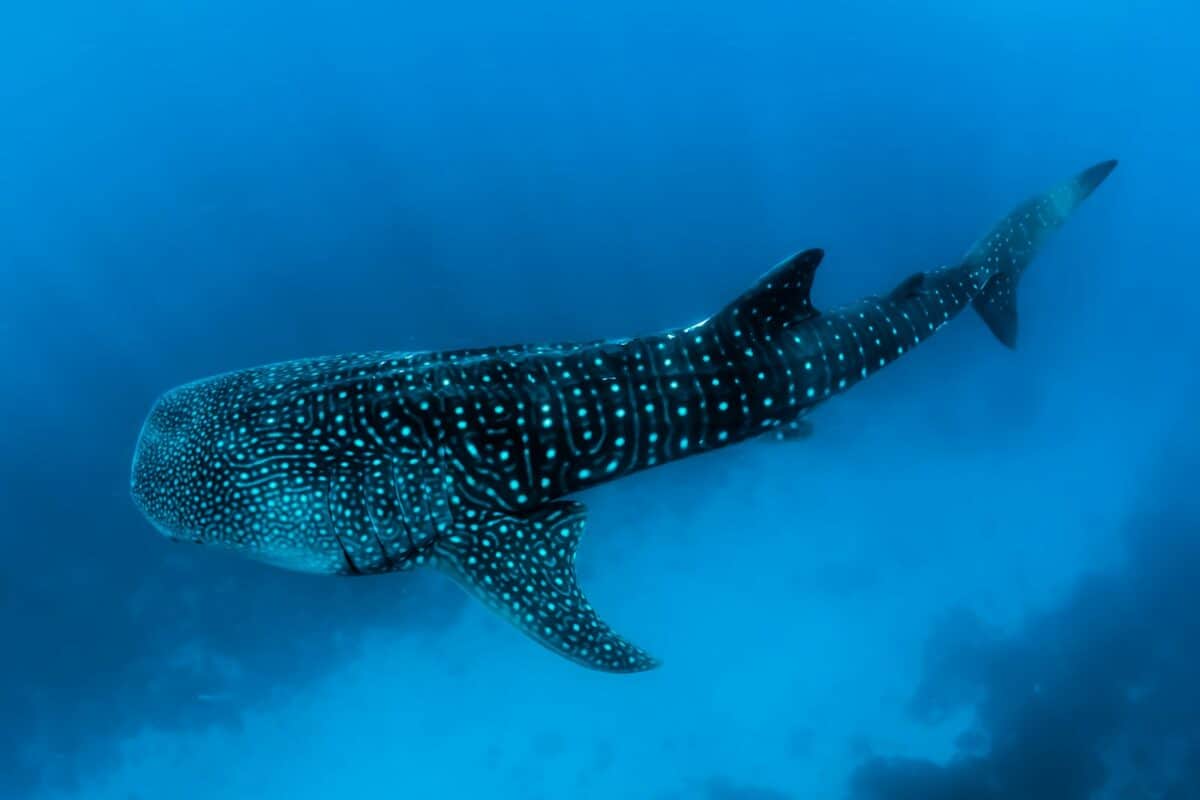
Ocean currents play a pivotal role in the migration of whale sharks. Changes in these currents, influenced by global temperature shifts, alter the pathways these majestic creatures take, pushing them further north in search of favorable conditions.
Marine Ecosystem Implications
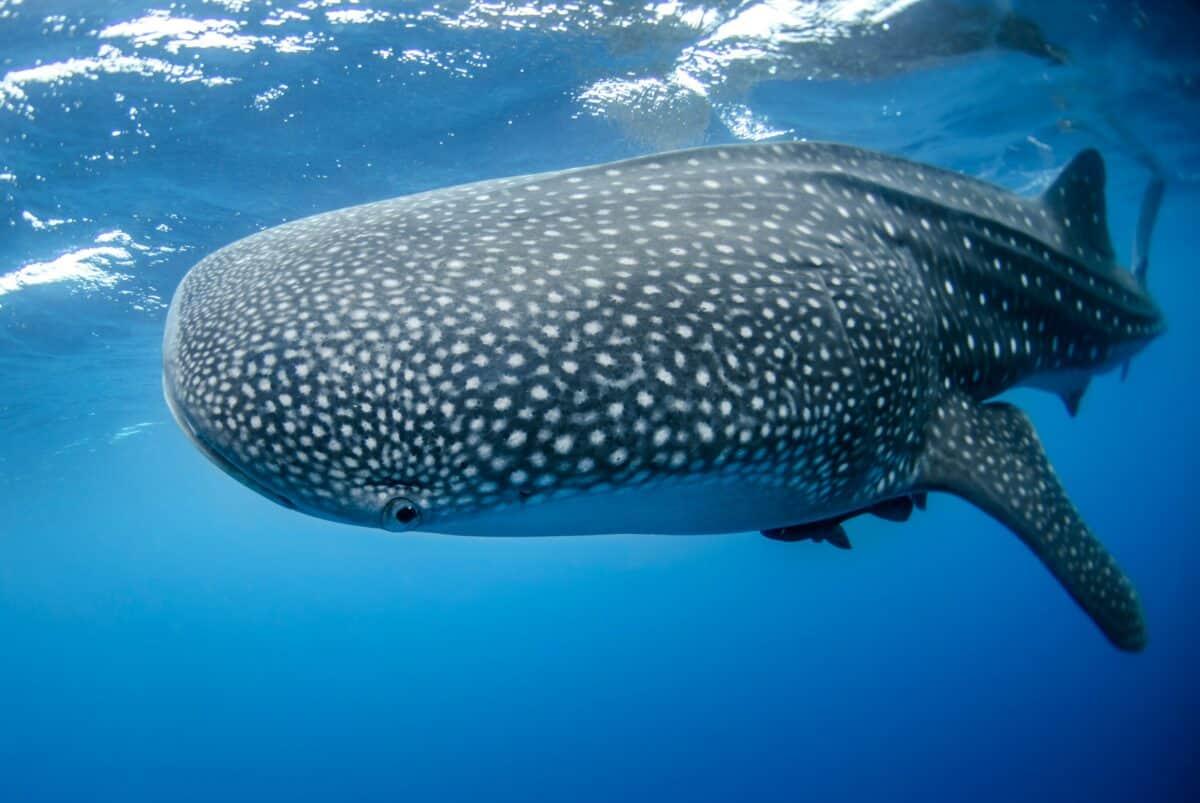
The migration of whale sharks to northern waters has broader implications for marine ecosystems. As apex filter feeders, their presence can impact the distribution of plankton and smaller fish species, thereby altering the balance of marine biodiversity.
Research and Monitoring Efforts
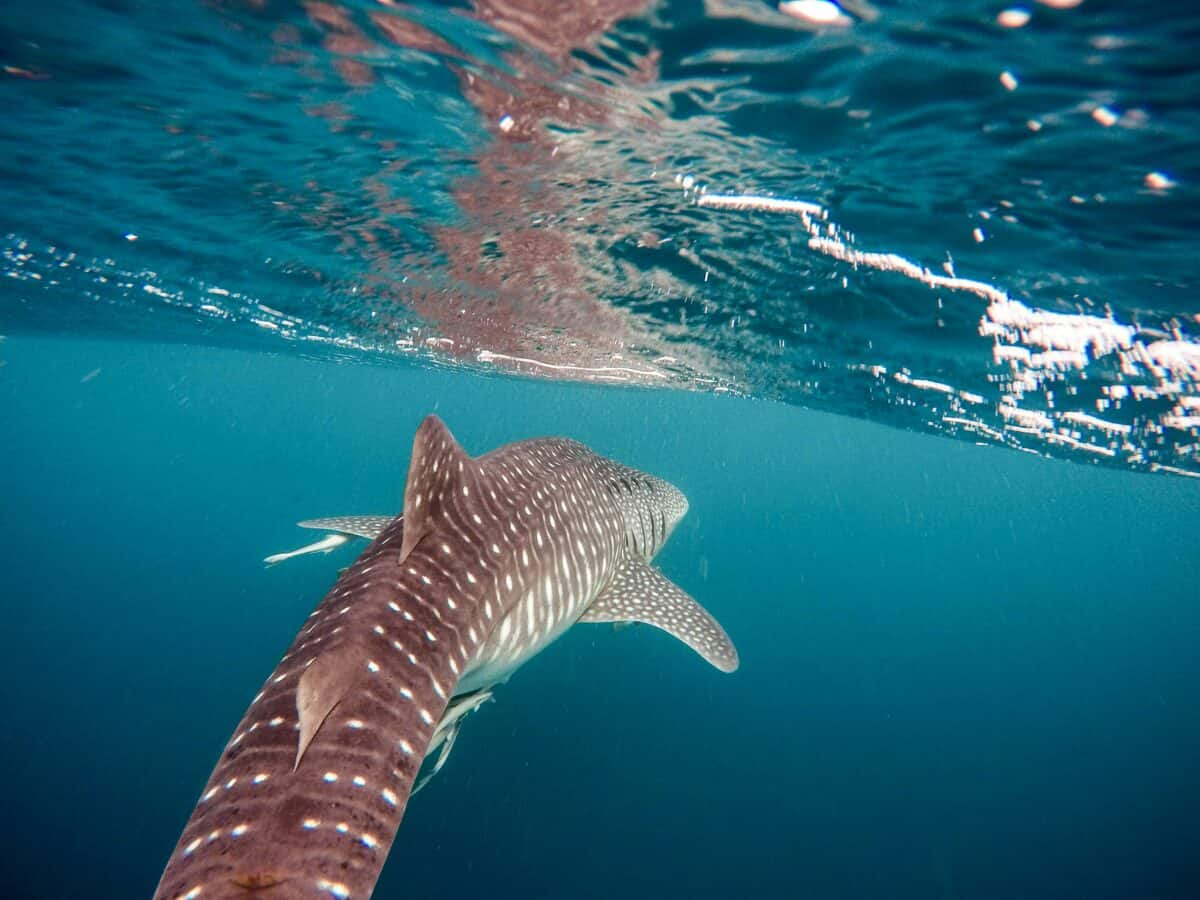
Scientists are actively studying the migratory patterns of whale sharks, employing satellite tracking and environmental monitoring to gain insights into their movement. These efforts are crucial in understanding the long-term effects of climate change on marine life.
The Role of Conservation
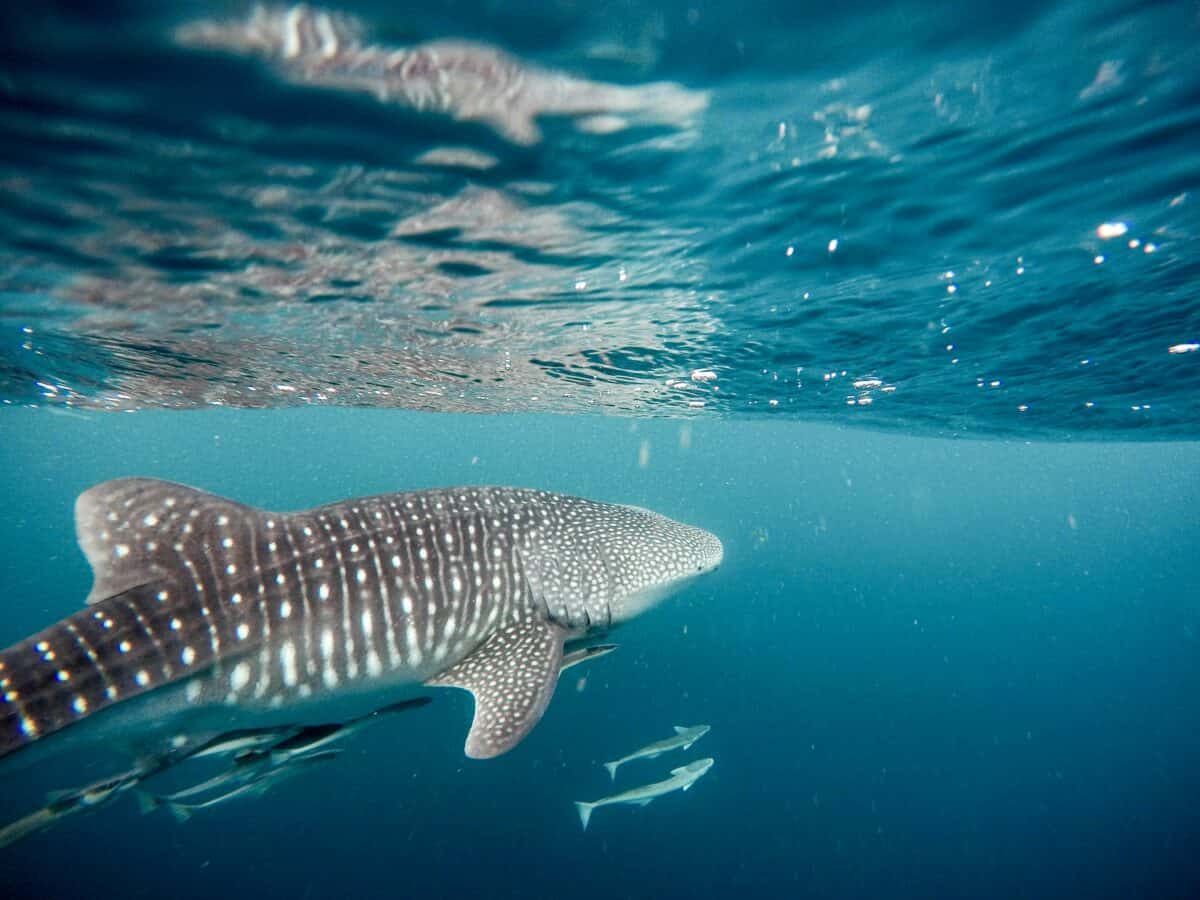
Conservation efforts are vital in protecting whale sharks and their habitats. Understanding their migratory patterns helps inform strategies to mitigate human impacts, such as boat traffic and fishing, which pose threats to these gentle giants.
Community Engagement and Awareness

Raising awareness about the importance of whale sharks and their role in the marine ecosystem is essential. Engaging local communities and promoting sustainable tourism practices can help ensure the protection of these creatures and their habitats.
Sustainable Tourism Benefits
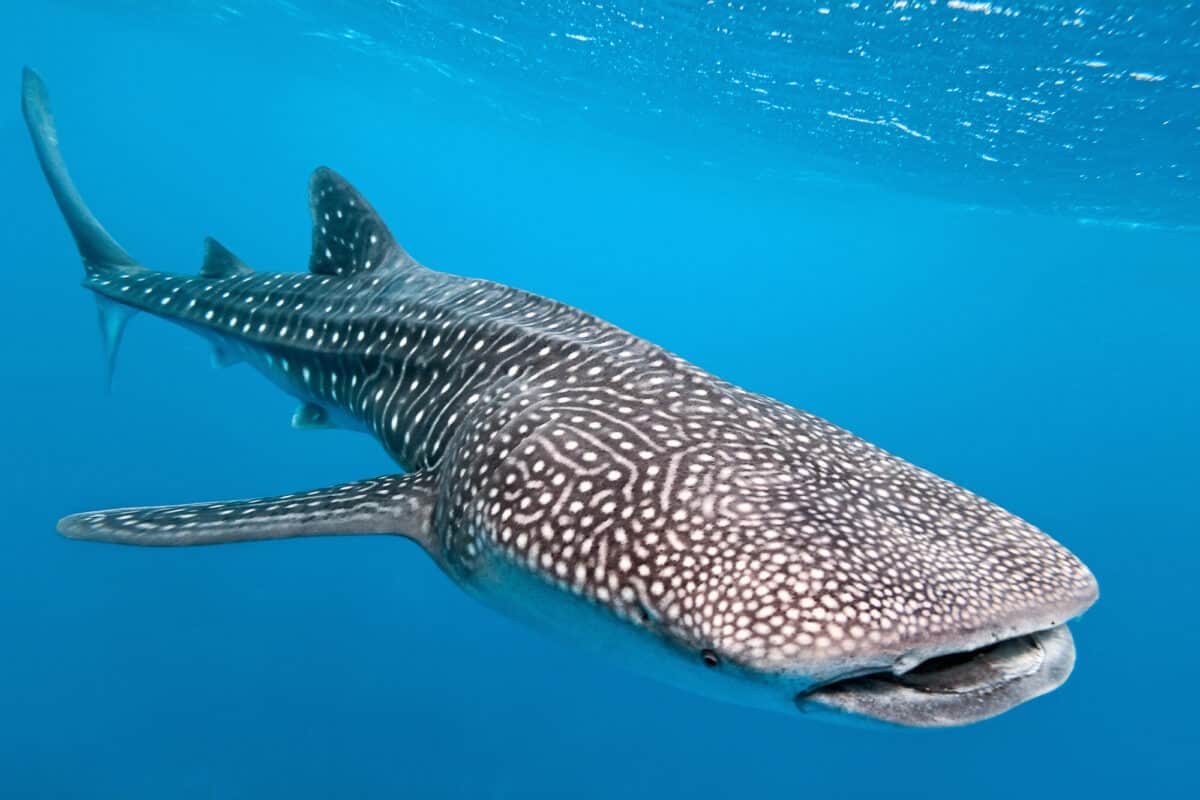
The presence of whale sharks along U.S. coasts presents opportunities for eco-tourism, which can benefit local economies while promoting conservation. However, it is crucial that these activities are managed sustainably to minimize disturbances to the sharks.
Future Research Directions

Ongoing research is needed to further understand the dynamics of whale shark migration and the long-term effects of environmental changes. Collaborative international efforts can enhance conservation strategies and ultimately aid in the preservation of these iconic marine species.
The northward migration of whale sharks along the U.S. coasts is a vivid indicator of the shifting dynamics within our oceans, largely driven by climate change and environmental factors. Protecting these magnificent creatures requires a concerted global effort, combining scientific research, policy-making, and conservation initiatives. By deepening our understanding and fostering sustainable practices, we can ensure that whale sharks continue to thrive in our planet’s waters for generations to come.
- How Bison Are Reshaping the American Prairie - August 25, 2025
- Bats as Harbingers of Luck—and Doom—in Global Folklore - August 25, 2025
- Are Wildlife Corridors Really Helping Animals Migrate? - August 25, 2025

